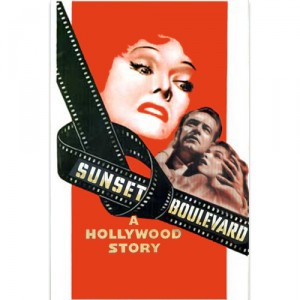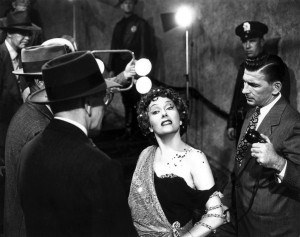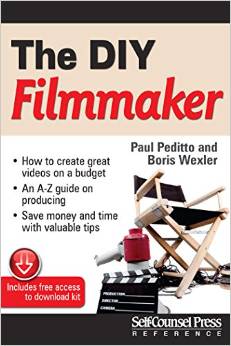“Film to me, in its essence, in its ultimate nature, is silent. Music and dialogue are there to fill what is lacking in the image. But you should be able to tell the story with moving pictures alone.”–Takeshi Kitano
“. . . it is true that language and forward movement in the cinema are jolly hard to reconcile. It’s a very, very, difficult thing to do. . . . There is still a place in the cinema for movies that are driven by the human face, and not by explosions and cars and guns and action sequences . . . there’s such a thing as action and speed within thought rather than within a ceaseless milkshake of images.”–David Hare
Find a scene you’ve written with 10 lines of dialogue. Try to write it in 5 lines. If you have 5 lines, try to say what you need to say in 2 lines. If you have 2, say what you must without dialogue.
As a script analyst, one of the first questions I ask, on every page, is purpose of scene. What is the writer trying to accomplish? What is the essence?
Develop the cut instinct.
Go into every scene looking to cut, to clarify. The old adage applies: Less is more. If the scene doesn’t advance plot or character, dump it. If the dialogue runs on and accomplishes little, dump it.
INT. STARBUCKS- DAY. You’ve written three pages of dialogue for your Starbucks scene and like what you’ve got so far. Only problem is: You don’t realize how long three minutes of screen time is, especially with your characters just sitting at a table talking. Every word is essential though, you’re sure of that. So, for the hell of it, let’s time it out right now. Read every word.
I’ll wait…
Does it read long? Do you need every interchange? Or is there fat to trim? Please don’t forget, actors fill in emotional gaps visually; you don’t have to speak out all meaning and intention. Silence is ok. Actors can play silence. Norma Desmond, Sunset Boulevard…

“We didn’t need dialogue…we had faces.”
A large part of writing dialogue for movies is the realization that you don’t need to write dialogue. Leave it unspoken. Leave it said in a glance, or a non-glance. Tease the Reader. Withhold information. Make them want to turn the page.
But when dialogue is called for, how do you make it special? How do you get your script by that dreaded demigod, the Hollywood Reader?
Good dialogue makes a sound: Use your ears.
Want to write better dialogue? Use your ears. Painful as it is, you’re going to have to listen to people talk. Real human conversations. Christ! Torture! What you will hear is the glorious mendacity of the human tongue. If you listen, really listen, you will hear:
- Imperfections
- Stops & starts
- Interruption
- Half-sentences
- Forgotten thoughts
- Silences
- Different rhythms
- Different tones
- Stuttering
- Cursing
- Street lingo
- Cultural and social differences
- Foreign languages
- Malapropism
- Repetition
These and many more belong in your dialogue.
What doesn’t belong?
- Perfectly punctuated sentences.
- Thesaurus torture, using words no human has ever uttered.
- Epic monologues
- Bland table conversations that go on, and on, and…

